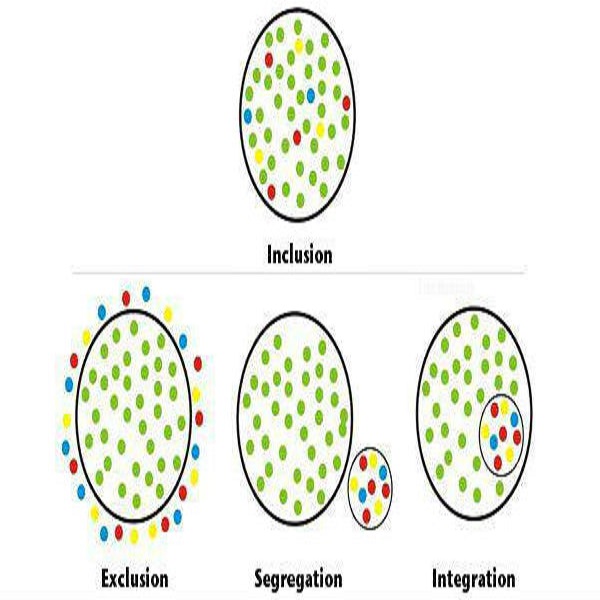
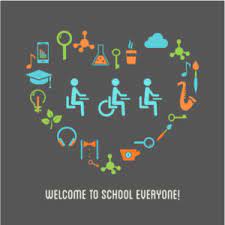
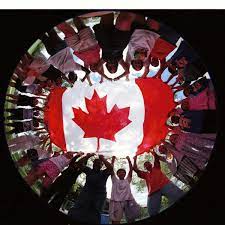
Module 2:
Inclusive Education In Canada
Prior to this module, I understood that our education system believed in full inclusion so all students would be included in with the general population of students. I was also aware that every province and territory had their own education system and beliefs about inclusion. I understood that it was up to the classroom teacher to implement the supports needed to ensure all the student's needs are being met.
What did I begin to understand?
This module introduced new understandings about inclusion and what it actually means. I now understand that for students to experience full inclusion, there needs to be appropriate supports put into place to ensure that the inclusion is meaningful.

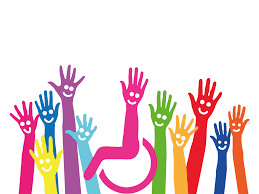
Inclusion across Canada
Every province and territory in Canada has a different idea of what inclusion is and how it is to be implemented in schools. Across the board however, full inclusion seems to be encouraged. Interestingly, in Quebec there is no mention of inclusion, and instead integration is used. In places like Nunavut, inclusion becomes a process that uses the entire family and community to help support individual children. In the maritime provinces, there seems to be a shift in what is happening as several of them have newly designed special education policies. In Nova Scotia, there is a focus on providing support for special education, but also for marginalized groups to ensure they are given the opportunities for full inclusion as well. Many provinces are focusing on having supports not only for the individual's academic needs, but to support their social-emotional needs as well.
Many provinces are focusing on early intervention practices to help target needs and provide supports early. This will help inclusion practices by giving the students what they need to be meaningful participants in their community of learners.
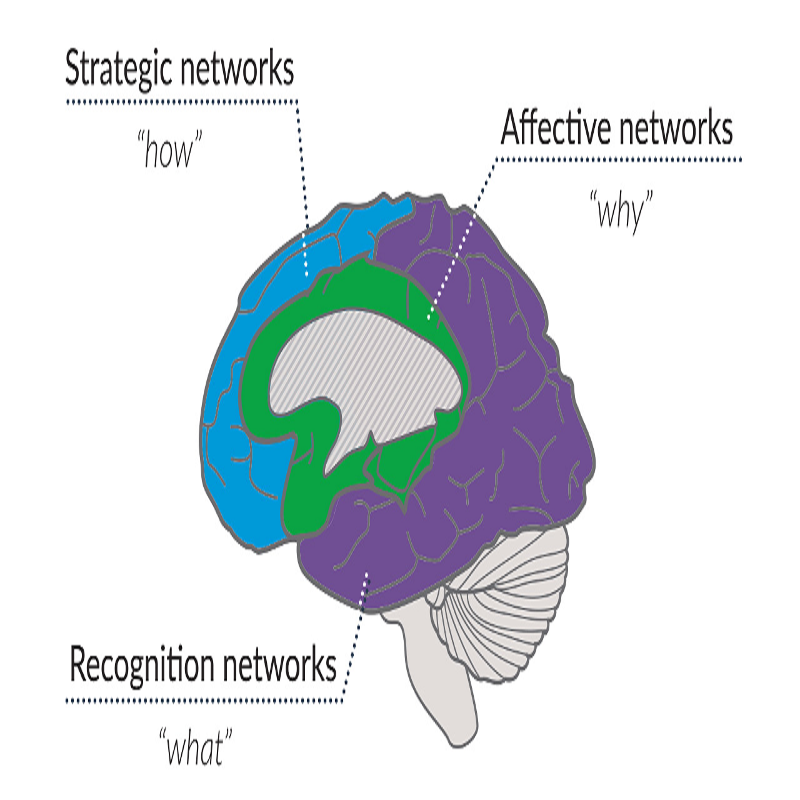
The Process of Inclusion
What's next?
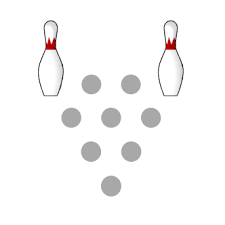
How will I use what I learned?
Moving forward, I will strive to design all of my curriculum to aim for the hardest to reach students. Through my design, I will include supports which will help them access the learning and ensure that ALL of my students have access to the same supports.
I have also shifted how I view what inclusion actually is. I fully understand that just being in the same space does not count as inclusion and I will continue to employ ways for all students to be active and meaningful participants of the classroom community.

What do I still want to know?
How can I ensure that all of my students receive supports in the classroom as opposed to pull-out support when we are low on staff to provide this? Often students from multiple classrooms are pulled and brought together in one space to maximize the support we do have.